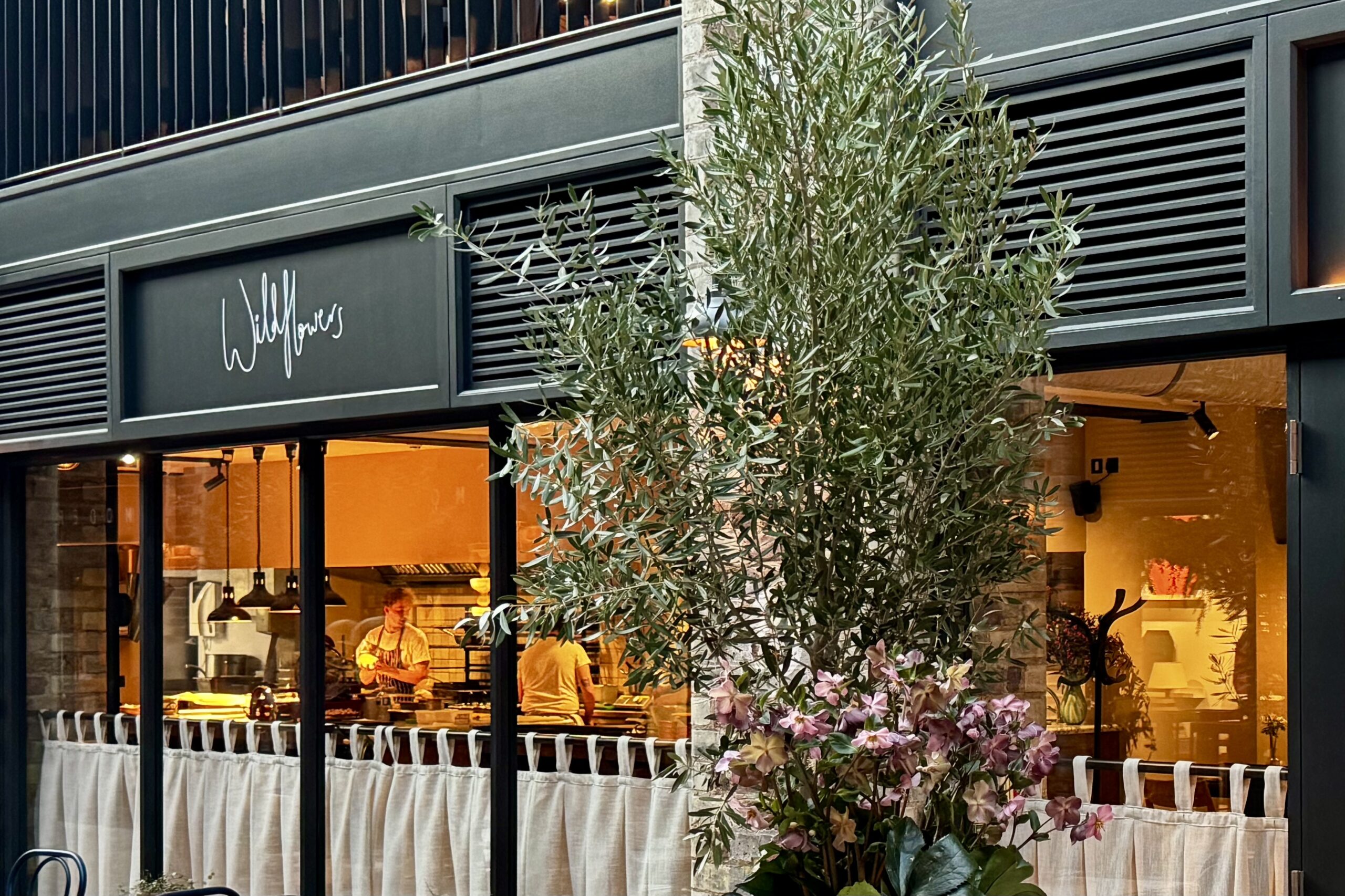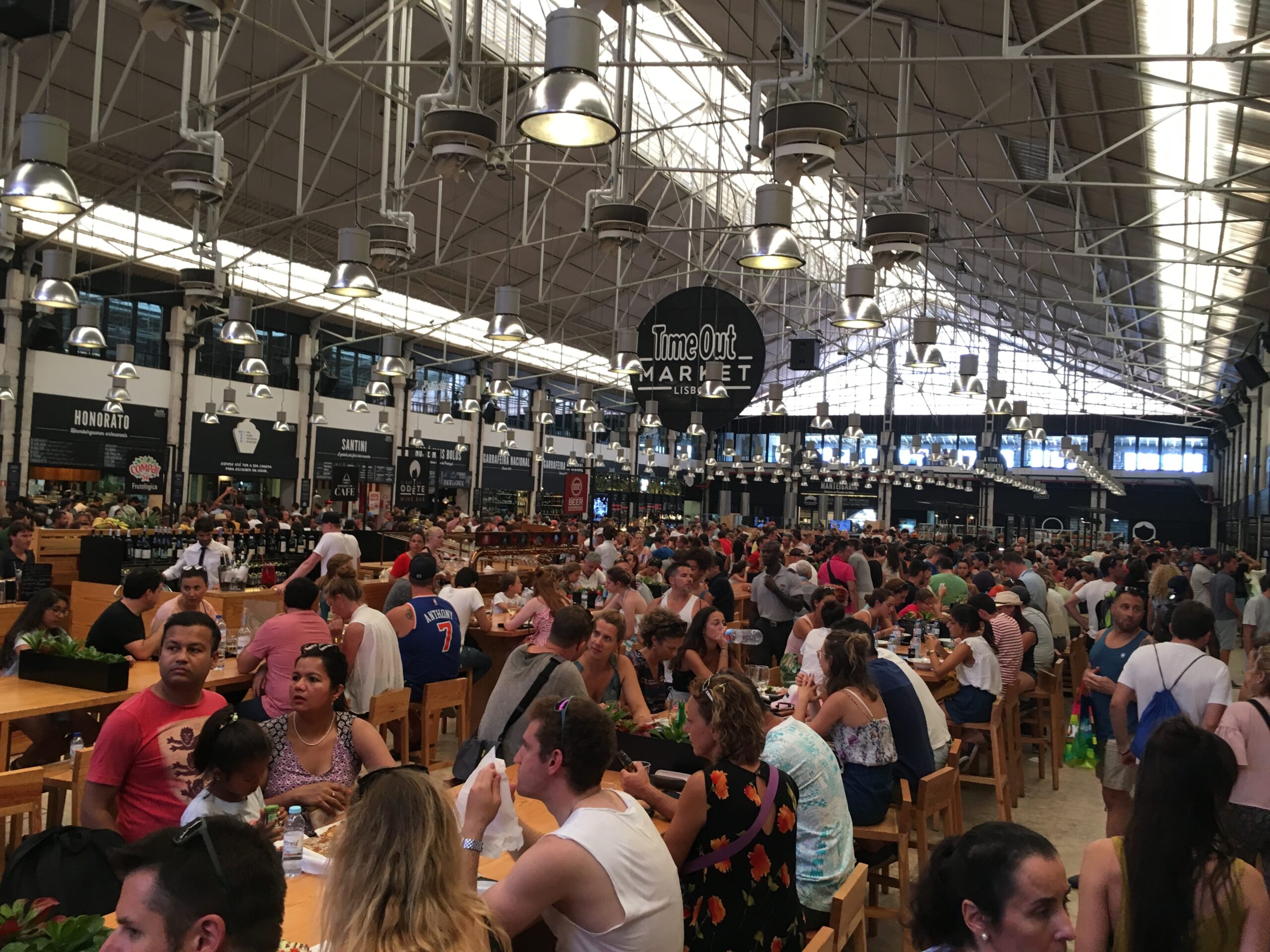Choose Life. I Chose the Kitchen !
“Whilst everyone has scars, and those still alive carry the stories, the other thing we have are memories. Lifelong friendships created by hard work, blood, sweat, and tears. Thi
The Restaurant Staffing Crisis: A UK Perspective
The UK restaurant industry, like many sectors, has faced significant challenges in recent years. It has the largest staff shortfall of all UK sectors and a widening skills gap. The
Insight Off The Beaten Track Jiyū
@Insight Hospitality we are always on the lookout for exciting products, suppliers, Artisan companies and offering our support to local businesses. Our journey this week takes us
Insight Off The Beaten Track The Blue Stoops
@Insight Hospitality we are always on the lookout for exciting products, suppliers, Artisan companies and offering our support to local businesses. Our journey this week takes us t
Insight Off The Beaten Track Wildflowers Restaurant
At Insight Hospitality we are always on the lookout for exciting products, suppliers, Artisan companies and offering our support to local businesses Our journey this week takes us
Market Halls: A Culinary Revolution and Social Hub
The Rise of Market Halls Market halls, once traditional marketplaces, have evolved into dynamic culinary hubs catering to modern consumers’ ever-changing tastes and preferenc
Hanoi to Saigon: A Culinary Journey Through Vietnam’s Street Food Scene
Vietnam, a Southeast Asian gem, is a country that truly captures the heart and soul through its food. Beyond the iconic pho, one of the world’s most famous Vietnamese dishes, awa
Insight Off The Beaten Track HOKO Cafe
At Insight Hospitality we are always on the lookout for exciting products, suppliers, Artisan companies and offering our support to local businesses. Our journey this week takes us
Unlocking Hospitality Excellence: The Power of Staff Training
In the fast-paced world of hospitality, the secret to success lies in the hands of your most valuable asset: your staff. From the friendly face at reception to the attentive server
Insight Off The Beaten Track – 67 Sourdough
At Insight Hospitality we are always on the lookout for exciting products, suppliers, Artisan companies and offering our support to local businesses. Our journey this week takes us











